Simplify Online Analytical Processing (OLAP) queries in Amazon Redshift using new SQL constructs such as ROLLUP, CUBE, and GROUPING SETS
AWS Big Data
FEBRUARY 28, 2023
Solution overview Online Analytical Processing (OLAP) is an effective tool for today’s data and business analysts. An analyst can use OLAP aggregations to analyze buying patterns by grouping customers by demographic, geographic, and psychographic data, and then summarizing the data to look for trends.

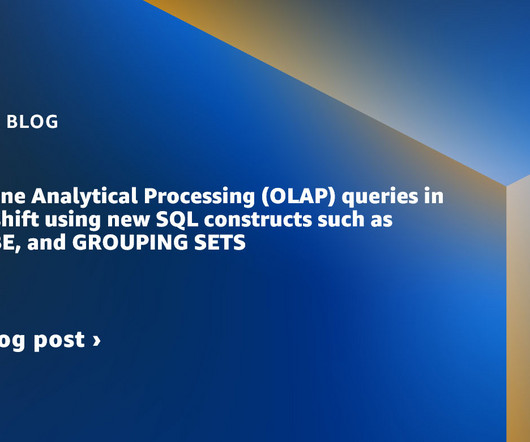

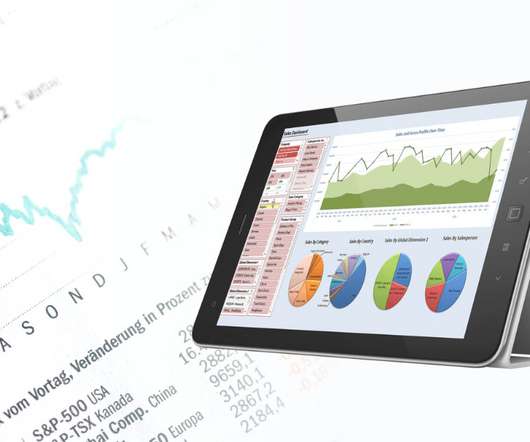



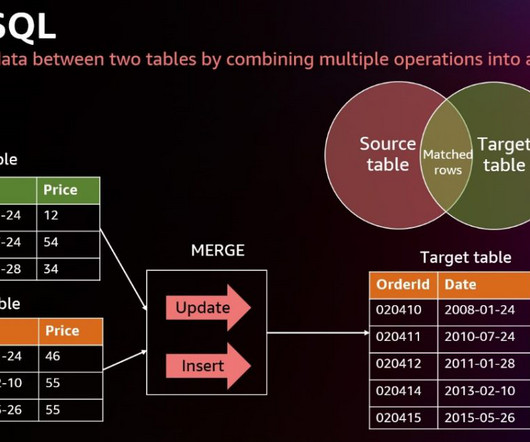

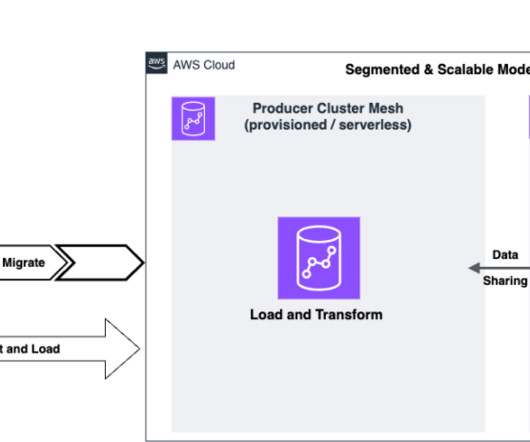
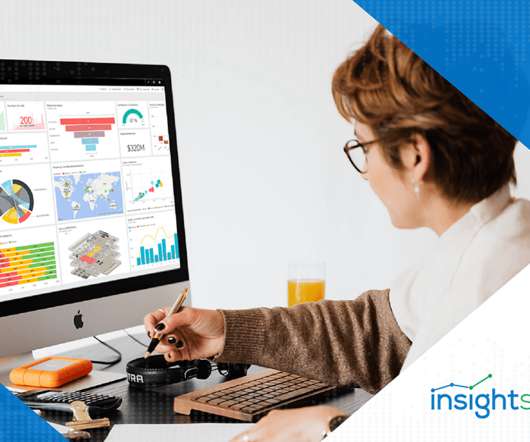
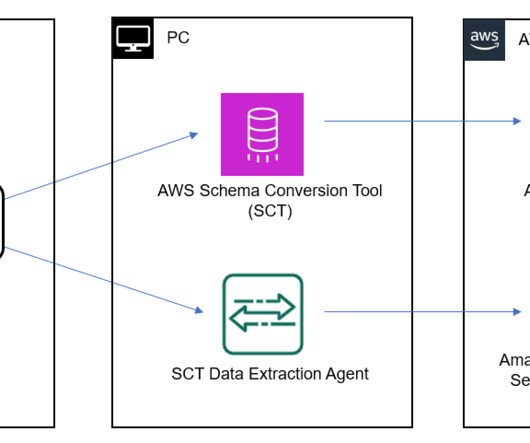
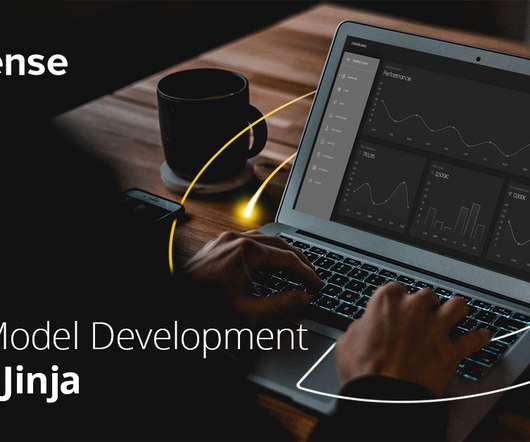














Let's personalize your content